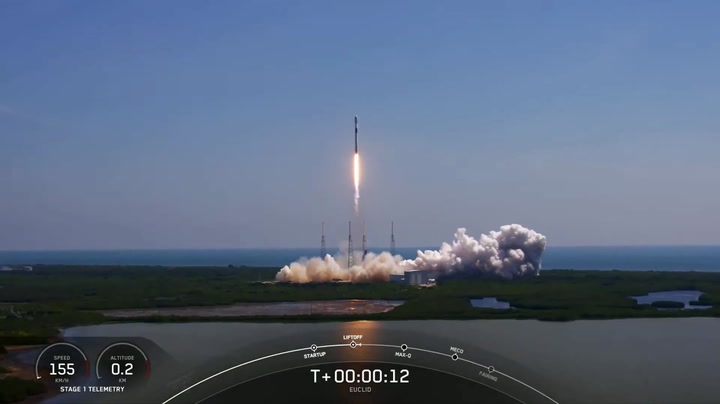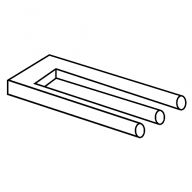Watch the European satellite, called Euclid, soar to space aboard a SpaceX Falcon 9 rocket from Cape Canaveral Space Force Station on Florida’s Space Coast. The launch took place today, July 1, at 11:11 a.m EDT.
Watched it launch from Kennedy Space Center, awesome experience
It would be so awesome if this thing could actually help us understand dark matter and dark energy. Let’s hope this mission is a roaring success.
Dark matter and dark energy are believed to make up most of the universe, but we can’t see these phenomena in wavelengths of light. Rather, we can track the dark universe through its effects on other objects. (Gravitational lensing is one example, when a massive object bends the light of a distant object behind through the force of gravity, bringing otherwise faraway stars or galaxies into sharp focus.)
Cosmologists — scientists studying the history of space — seek to understand how the dark universe behaves to chart the effects of time on our cosmos. The mergers of galaxies, the expansion of the universe and the movements of individual stars are all subject to the forces of dark energy and dark matter.
The Euclid space observatory, which is designed to seek out invisible dark matter and dark energy, is expected to separate from its rocket 40 minutes after liftoff and will then make a distant journey to the sun-Earth Lagrange point 2, which is roughly 1 million miles (1.5 million km) away from our planet on the opposite side of the sun. Lagrange points are relatively stable orbits where satellites use a minimum of fuel, and Euclid’s destination is a popular location: NASA’s James Webb Space Telescope also orbits at L2, for example.
the sun-Earth Lagrange point 2, which is roughly 1 million miles (1.5 million km) away from our planet on the opposite side of the sun.
This seems a little poorly stated. L2 and the sun are on opposite sides of earth. As written it seems to read as if earth and L2 are on opposite sides of the sun.
Thanks for clarifying this. I couldn’t figure out what they meant.






